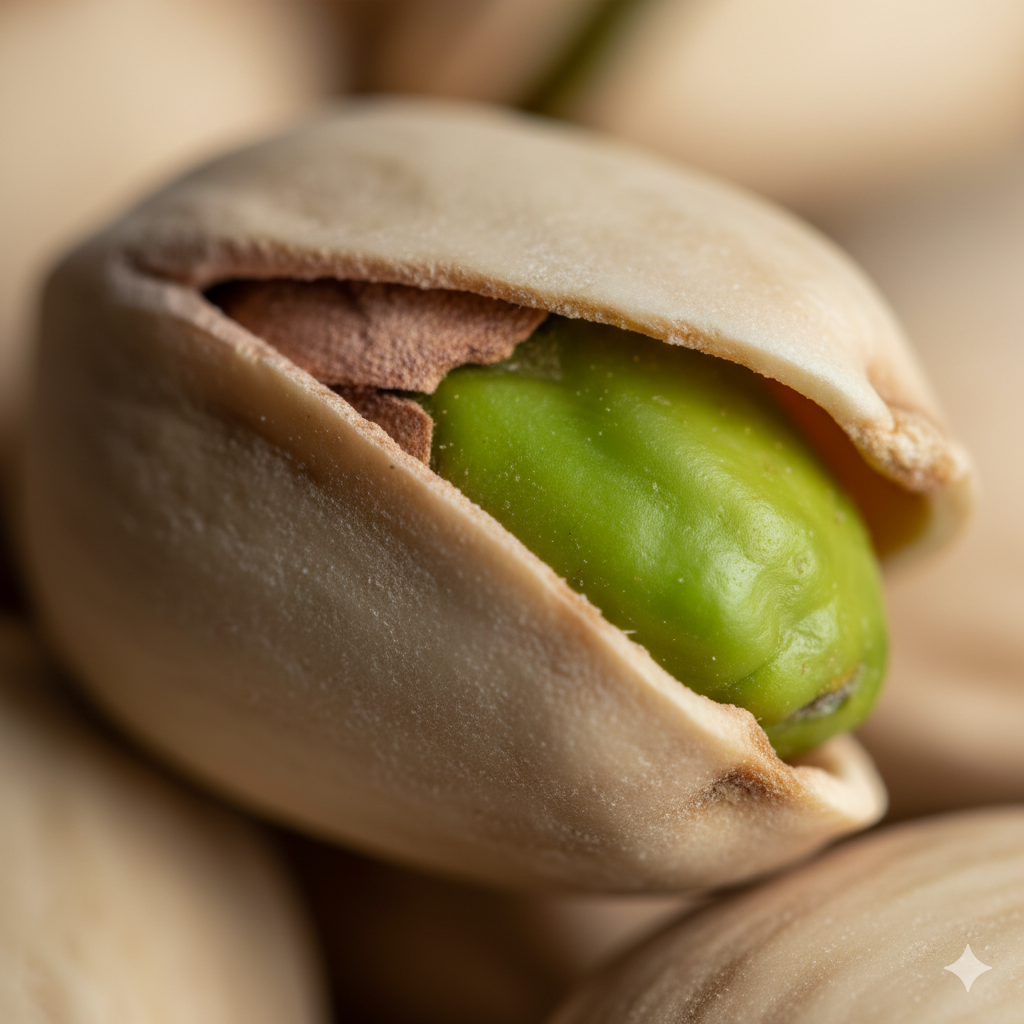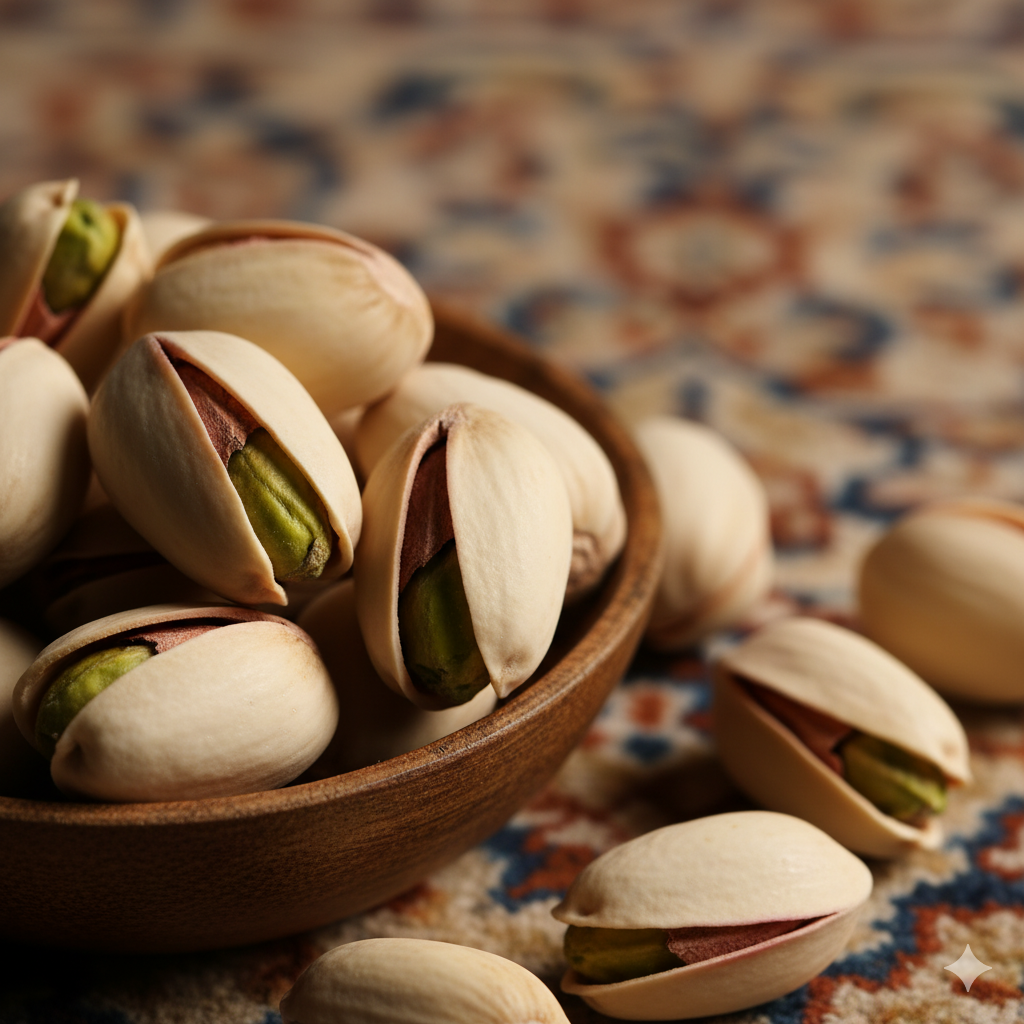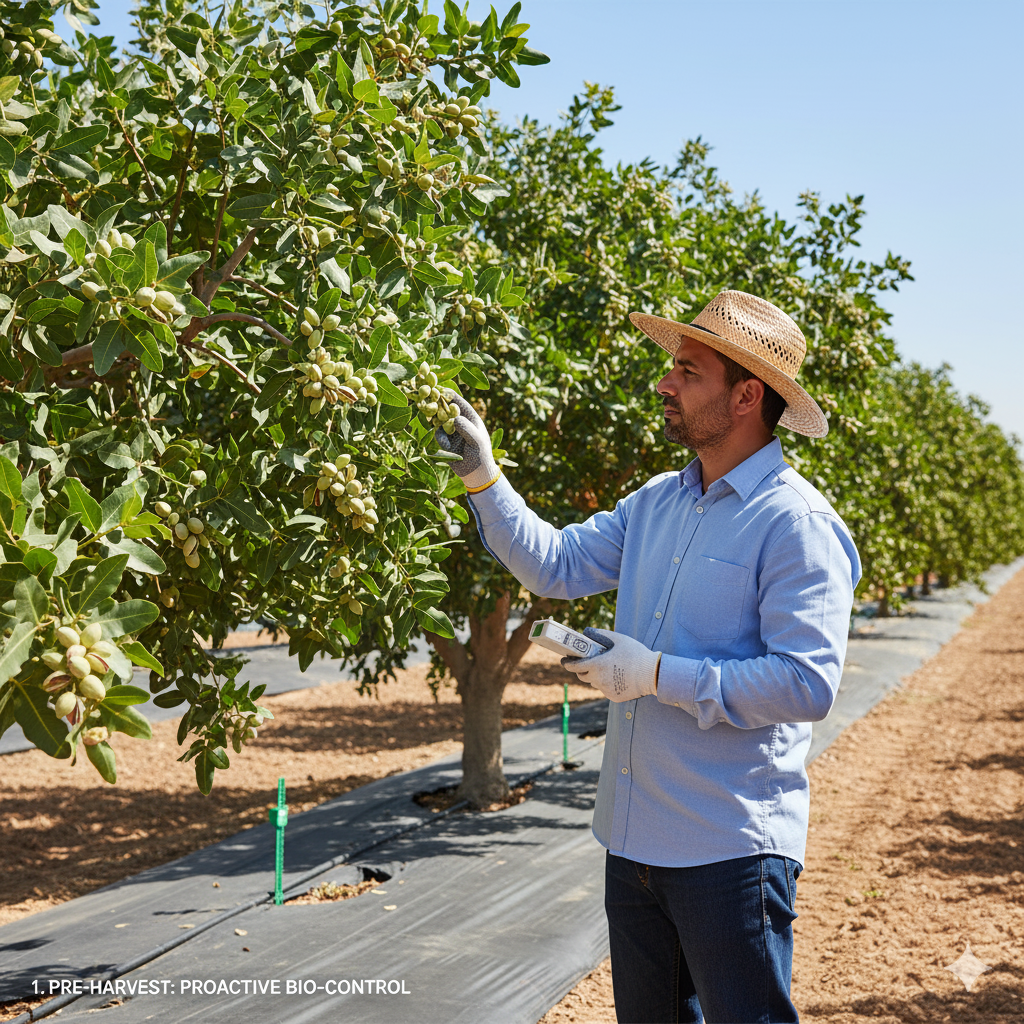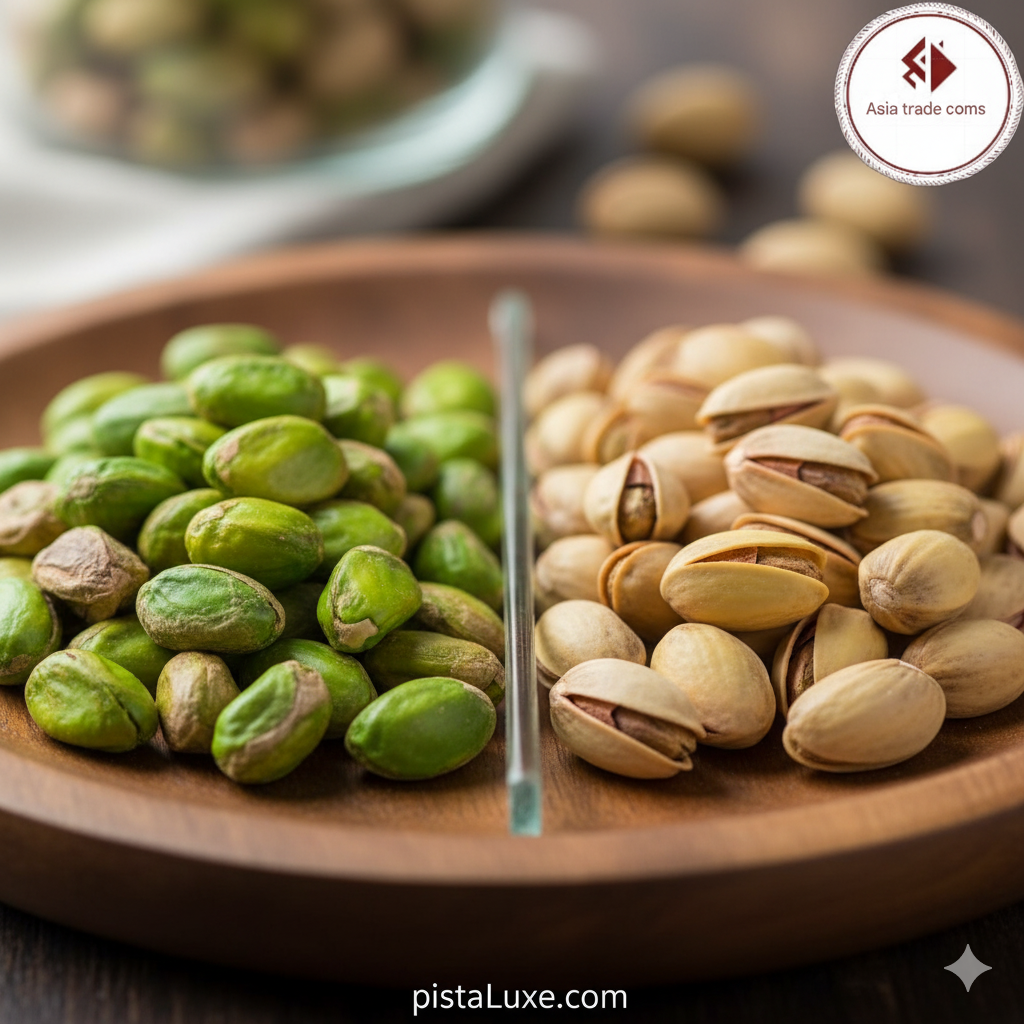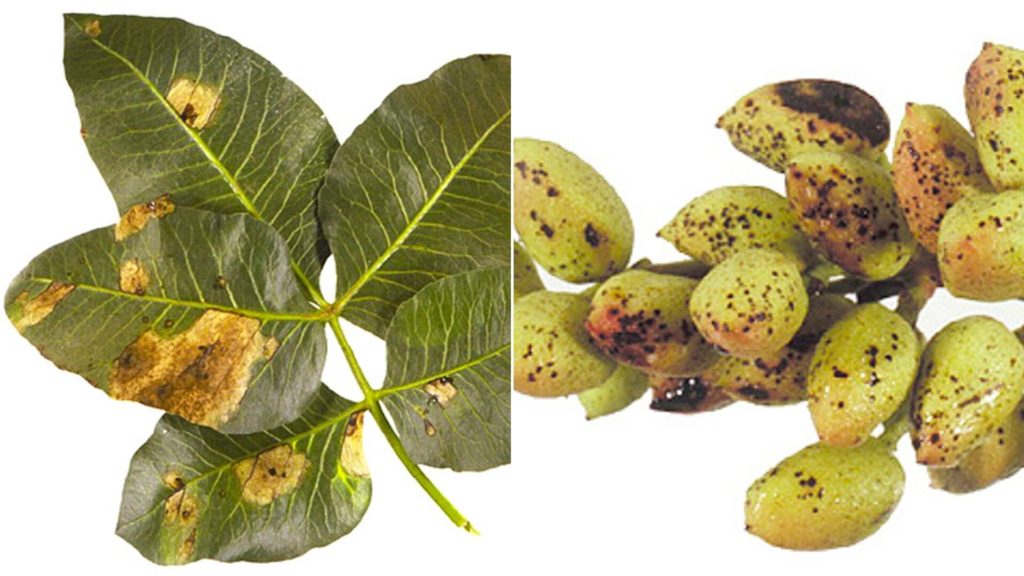
Pistachios are one of the most valuable and strategic agricultural products, especially in regions where they thrive. Maintaining healthy pistachio orchards involves effectively managing various pests and diseases that threaten the quality and yield of the harvest. In this comprehensive guide, we explore the most common pistachio pests and diseases and provide effective control measures to protect your trees and maximize productivity.
Major Diseases Affecting Pistachio Trees
1. Root Rot Disease (Phytophthora spp.)
Root rot is a pervasive fungal disease caused by Phytophthora species that affects the roots and lower trunk, leading to weakened trees and sometimes death.
Signs and Symptoms:
- Sudden decline in vigor
- Wilting of leaves and branch dieback
- Soft, discolored roots with a foul smell
Control Strategies:
- Use disease-free planting material and resistant cultivars
- Ensure proper drainage and avoid overwatering
- Apply appropriate fungicides at the early stages of infection
- Remove and destroy infected plant debris to prevent spread
2. Anthracnose (Colletotrichum spp.)
Anthracnose is a fungal disease that causes dark, sunken lesions on leaves, stems, and fruit surfaces, leading to fruit drop and reduced quality.
Control Strategies:
- Regularly spray fungicides during susceptible periods
- Collect and destroy infected plant residues to reduce inoculum sources
- Maintain proper orchard sanitation and pruning for good airflow
- Schedule fungicide treatments carefully, especially during rainy seasons
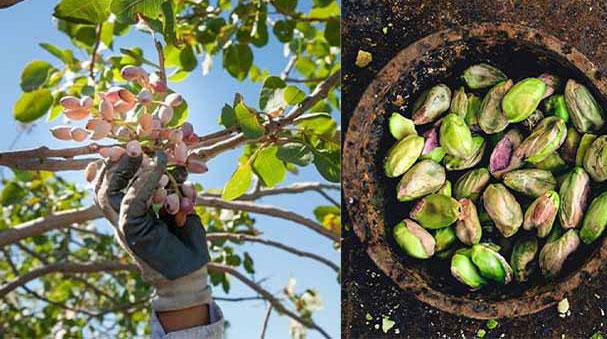
Common Pests of Pistachio and Their Management
1. Red Spider Mite (Tetranychus urticae)
This tiny mite causes stippling, discoloration, and premature leaf drop, severely weakening the trees.
Control Strategies:
- Regular monitoring and pest scouting
- Apply acaricides that are appropriate for mite control
- Encourage natural enemies like predatory mites and insects
- Avoid broad-spectrum insecticides that kill beneficial insects
2. Pistachio Green Aphid (Chrougha spp.)
Aphids feed on young shoots and leaves, transmitting viruses and causing deformities and sap loss.
Control Strategies:
- Use selective insecticides formulated for aphid control
- Implement natural predators such as ladybugs and lacewings
- Remove heavily infested shoots and debris
- Monitor regularly for early detection
3. Navel Orangeworm (Amyelois transitella)
This moth pest primarily attacks developing nuts, leading to kernel damage and increased susceptibility to fungal infections.
Control Strategies:
- Use pheromone traps for early detection and mass trapping
- Apply targeted insecticides during vulnerable life stages
- Harvest promptly and segregate damaged nuts
- Maintain orchard hygiene and remove infested nuts from the field
Essential Tips for Effective Pest and Disease Management
- Conduct routine inspections for early detection of pests and diseases
- Use only approved, eco-friendly pesticides and fungicides
- Rotate chemical treatments to prevent pest resistance
- Promote natural biological control agents and integrated pest management practices
- Maintain proper orchard sanitation and pruning practices for airflow and sunlight penetration
Final Word
Protecting your pistachio orchard from pests and diseases is crucial for ensuring high-quality production and a profitable harvest. Adopting preventive measures and implementing effective control strategies can significantly reduce crop losses.
For high-quality, natural pistachios and expert assistance, contact us today!
Call Mr. Ravan-shad on WhatsApp at: 00989214773705


